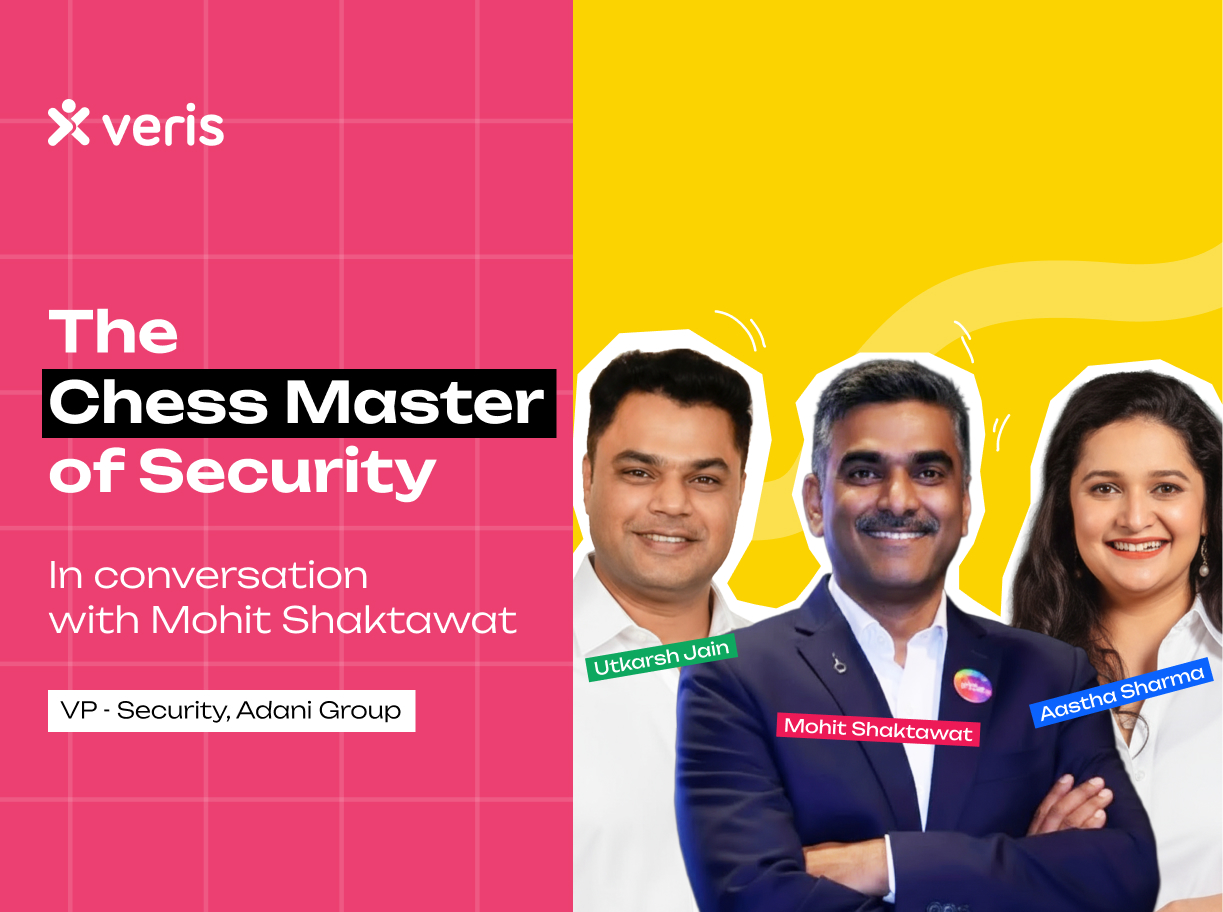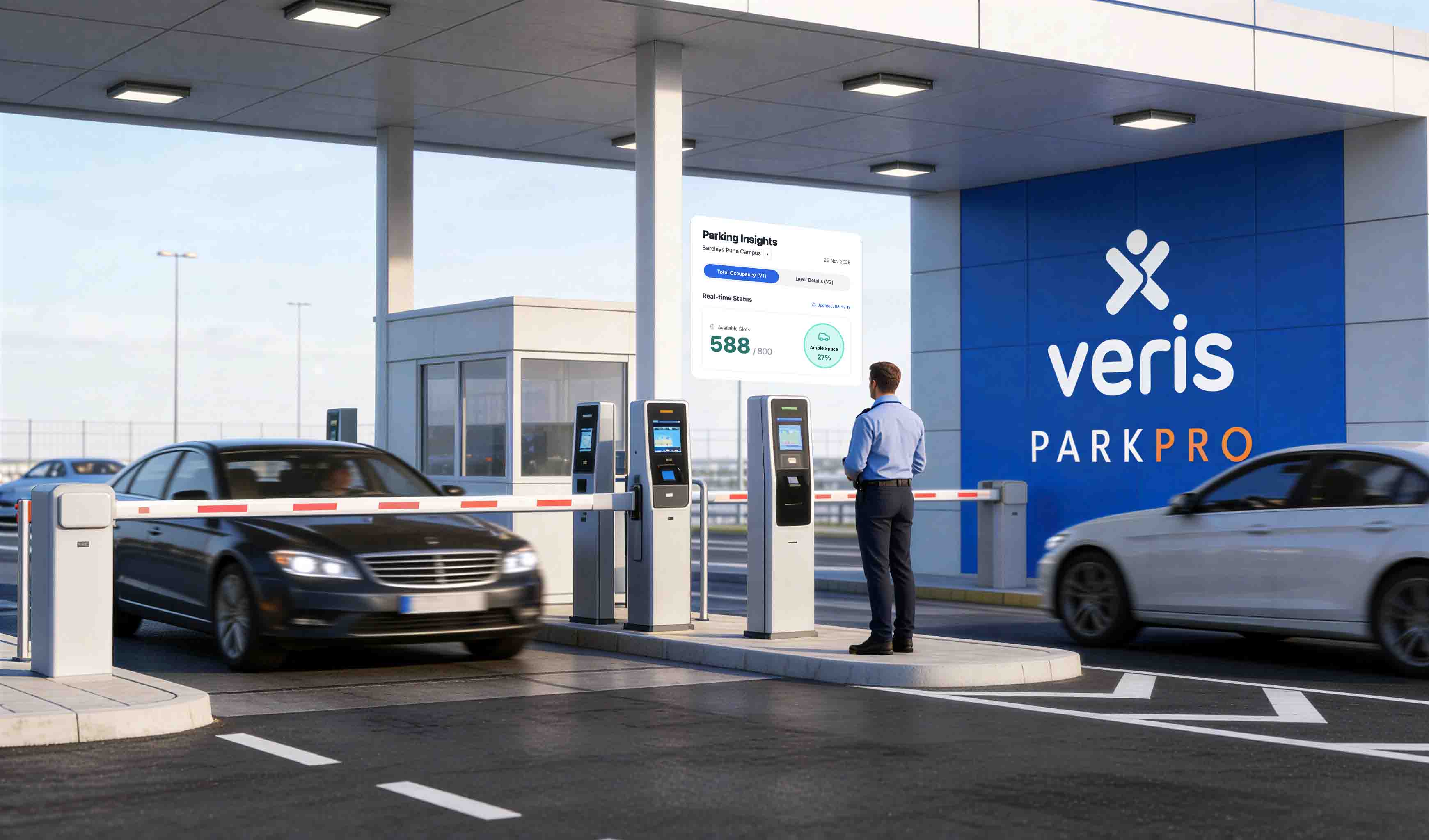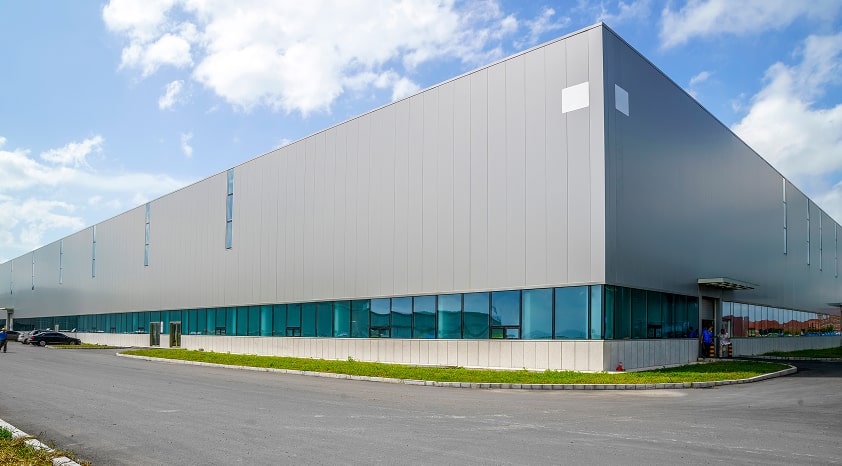Developing a culture that puts people first
Welcome to the first blog in our three-part series of The Human Factor, where we uncover how you can create a winning workplace culture by keeping the focus on what matters most: the people of an organization.

In the world of employee experience, “Moments That Matter” are key inflexion points to boost employees’ attachment to their workplace and management. But what exactly are these “moments” in the new world of work where a human-centric approach is seen as one of the best approaches for your company?
Maximise ROI to create a human-centric workforce
Gartner customer experience research finds that two-thirds of the drivers of customer satisfaction are due to “feel factors,” or how customers feel during and about their experience. HR leaders should take this same approach to employee experience, focusing on influencing and improving employees’ feelings about their overall experience through psychological, motivational and social principles. Improving the experience feelings can boost employee engagement and support a positive company culture.

Let go of the “one-size-fits-all” approach
Every organisation is different, and each person has their own unique needs. ‘Moments that matter’ can range from taking a break from work to celebrating work anniversaries.
It may be when a supervisor welcomes a new hire in a remote-work set-up and whether or not they will have the right digital tools to connect and have regular feedback sessions. Or the moment when a manager introduces flextime based on employee feedback and needs and how that can mean a healthier, more inspiring work-life blend for everyone.
In a human-centric work environment, this also means returning human connections to the moments that matter most. This is where an effective digital employee experience platform supports the employee journey. For excellent employee experience to thrive in the virtual world of work, for example. An employee experience app must foster a greater sense of belonging and collaboration among employees.
Identifying moments that matter for a people-first culture
We measure what matters by identifying which experiences have the most significant positive impact on employees. What factors influence trust and satisfaction across the business?
Talk to some employees about their experience
- Build trust by going beyond annual surveys: leverage journey maps and informal, organic conversations to capture the highs and lows of people’s experiences.
- Give people the power to share real-time feedback at every journey stage.

Drive purposeful engagement in the workplace
- Although virtual social gatherings have benefits, more is needed to create the levels of connection needed for an organisation to thrive. To reduce isolation, prevent new hires from feeling lost, and help employees feel part of a team they may have never met in person, deliberate action like creating formal buddy systems beyond traditional mentors could prove helpful.
- Finally, first-line managers should have dedicated training and tools to drive engagement; they shouldn’t be left to fend for themselves.
Create employee equivalence
- Hybrid work environments should show no discernible difference between virtual and in-person workers. Technologies, processes, and cultural changes should support fairness and involve everyone equally, regardless of location, individual sensitivities, and working styles.
- New technology can play a significant factor in the success or failure of this approach. Workers at home and in the office will need shared information and collaborative spaces that are as accessible and intuitive as possible—sensing who you are and what you need every moment.
The BPO giant anecdote

Challenge
To ensure a welcoming yet standardised employee and visitor experience across multi-lingual geographies that needed localisation and yet needed to be compliant with global norms.
Solution
As a part of the larger plan, Veris deployed a visitor management system at 60+ locations with multi-lingual integrations. The visitors receive all details in English and local languages. 7+ international languages were integrated into the process.
Result
The visitors can choose their language of preference for pre-invites and other details. This ensures a standardised experience despite language barriers and positively impacts the brand’s global imagery.
Download the full case study here.
Summary

Conclusion
This brings us to the end of this blog, but we have lots more in store for you! Stay tuned for the second part of this series, where we talk about continuing DEI efforts in a hybrid work model, which, although challenging, is very much possible. We discuss how diversity reports and mentorship sessions can help you achieve these goals in detail in the next blog!
Download this e-book to learn why investing in people will get you where you want to be





































.avif)
.avif)





